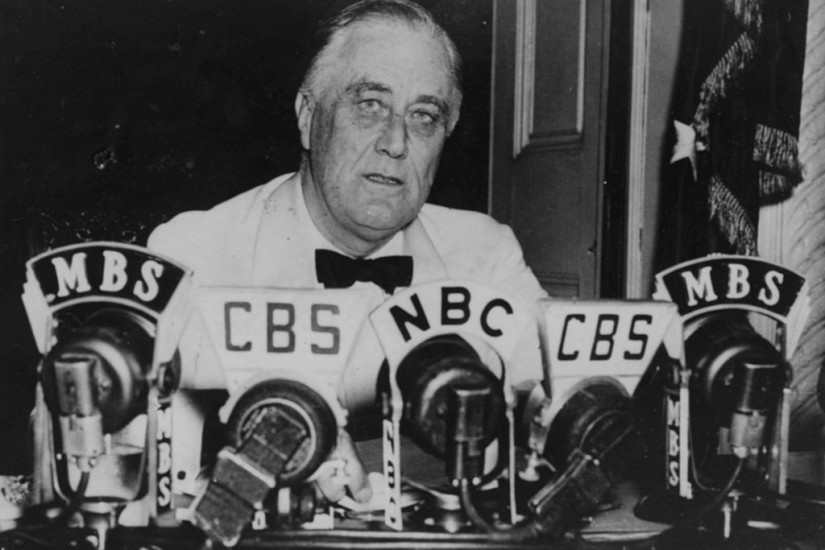Back in 1937, FDR feared for the fate of major foundations of his bold agenda, including Social Security, the Wagner collective bargaining law, and the Utilities Holding Company Act. All were working their way up for judicial tests, and Roosevelt knew the court could very well strike them down too. He decided he had to do something about it. He had to remake the court.
And why not? In the wake of the 1936 elections, he stood at the pinnacle of his power. He had won reelection with nearly 61 percent of the popular canvas and an Electoral College tally of 523 to eight. The opposition Republicans held only 17 seats in the Senate and 89 in the House (to 333 for the Democrats). As journalists Joseph Alsop and Turner Catledge wrote in The 168 Days, their book on the subsequent political battle, “Who was there to say him nay?”
Politically emboldened, FDR came up with a simple solution. He would foster legislation that allowed him to appoint a new justice, up to a total of 15, for every sitting justice who refused to retire at full pay within six months of reaching age 70. This was enough power to remake the court, given the justices’ ages. Six of the nine justices were 70 or older.
When Roosevelt unveiled his plan on February 5, 1937, first to aghast members of Congress and then to reporters, he invited a political struggle far beyond anything he had anticipated. What followed were months of political maneuvering, intrigue, backroom bargaining, and furious oratory as the president pressed his plan with all the force and cunning he could muster. Meanwhile, his opponents, including many Democrats and New Dealers, moved to check his power grab.
When FDR’s chief defender, Senate majority leader Joe Robinson, died in his bed of a heart attack, the president’s court packing scheme died with him.
Capturing the drama, Alsop and Catledge shaped the story into a kind of Greek drama, with the president cast as the hero of the realm brought down by his own arrogance. “Suddenly,” they wrote, “ the old Greek Theme of Hubris and Ara, of Pride and the fall that comes after, dominated the play.”
